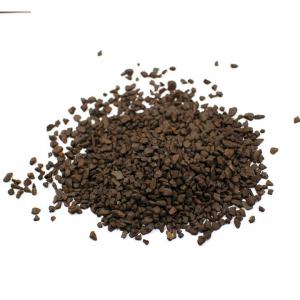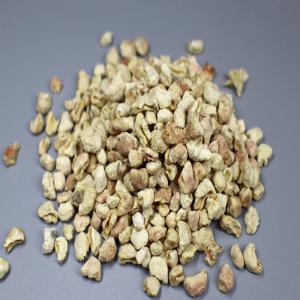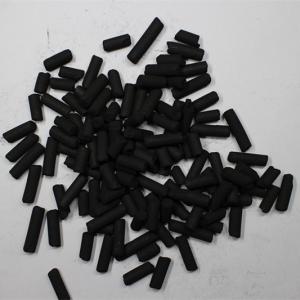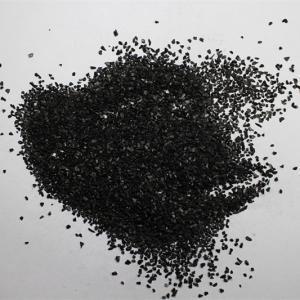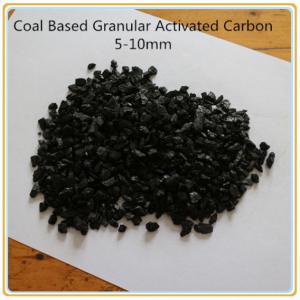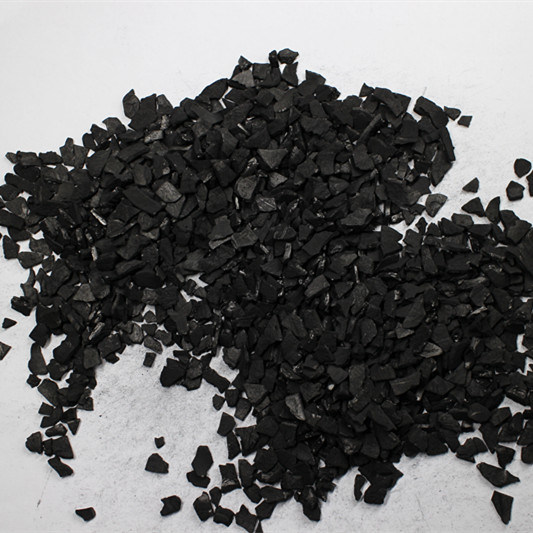
Raw materials of the activated carbon:
- Wood: coconut shell, nut shell, peach shell, apricot shell, jujube shell, sawdust and charcoal.
- Coal: high quality of the anthracite coal from Shanxi province.
Shape and size of the activated carbon:
1. Granular: 4-8, 5-10, 6-12, 8-16, 8-30, 10-24, 12-20, 20-40, 40-60, 60-80mesh
2. Powder: 80, 100, 150, 200, 325mesh
3. Columnar: 0.9, 1.5, 2.0, 3.0, 4.0, 5.0, 6.0, 8.0, 9.0mm,
4. Spherical: 1-2, 2-4, 4-6, 6-8mm
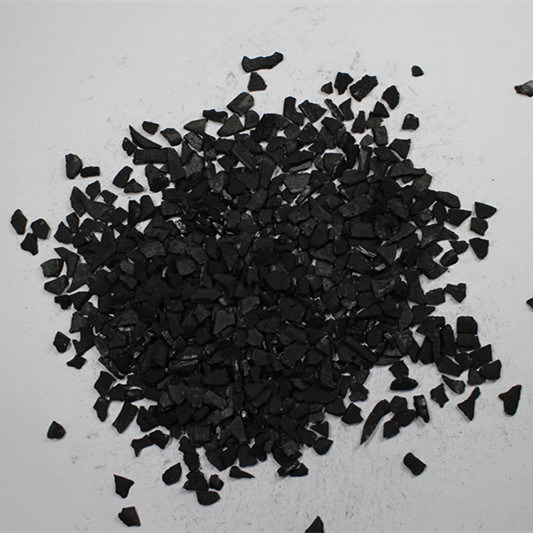
Manufacturing process:
- Chemical method
- Physical method
Adopt the high quality coconut from Southeast Asia, such as the Malaysia, Philippines, Indonesia and Hainan Province. Appearance of the coconut shell activated carbon is granular with black color.
Features of the coconut shell activated carbon:
- Developed gap;
- Good adsorption performance;
- High strength;
- Easy regeneration;
- Economy and durability
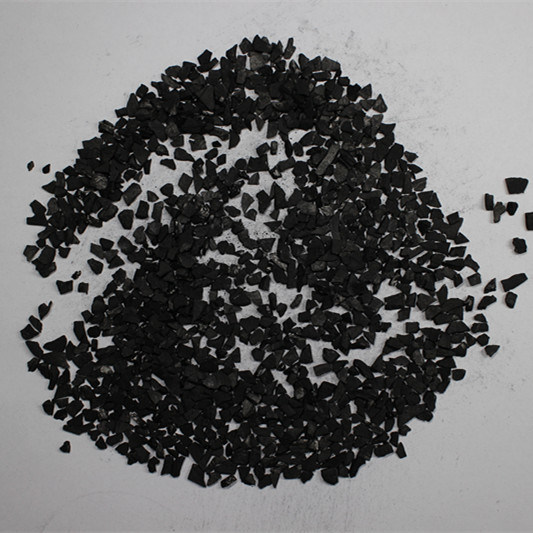
Production classification:
- High quality coconut shell activated carbon
- Gold extract activated carbon
- ZH-03 granular sugar activated carbon
- Silver activated carbon
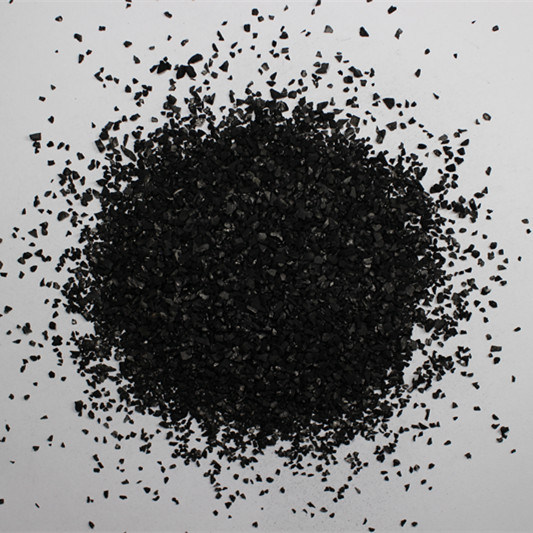
Processing of the coconut activated carbon:
Coconut shell→ drying→ crushing→ carbonation→ activation → steam catalysis→ packing
Specification of the coconut activated carbon:
| Size(mm) | 4-8, 5-10, 6-12, 8-16, 8-30, 10-24, 12-20, 20-40, 40-60, 60-80mesh |
| Specific area(m2/g) | 450-1150 |
| Iodine(mg/g) | 450-1200 |
| Moisture(%) | 3-5 |
| Ash(%) | 4-8 |
| PH | 3-5, 4-6, 5-7 |
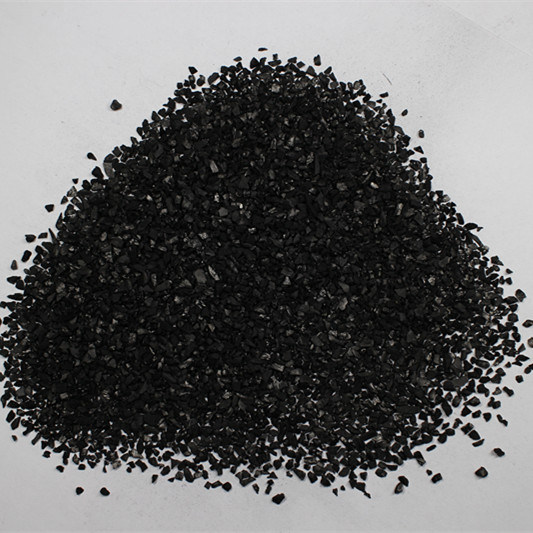
Usage of the coconut shell activated carbon:
- Wine and beer treatment.
- Air treatment for deodorization and wipe off the harmful gas.
- Water treatment. Such as the drinking water, industry water, waste water and so on.
- Gold and silver extract.
- Teeth whitening professional coconut activated carbon.
- Food grade coconut activated carbon.
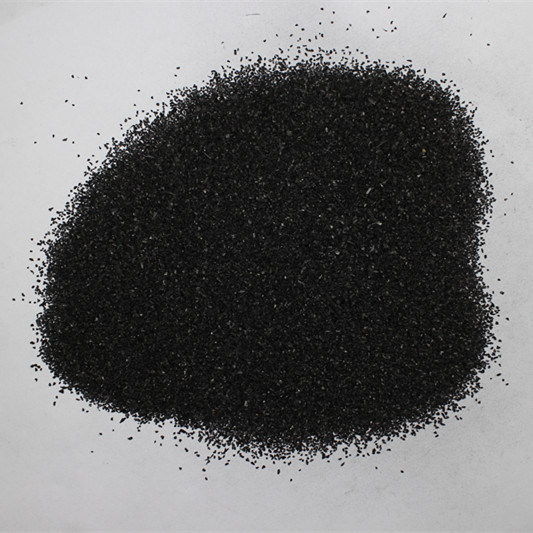
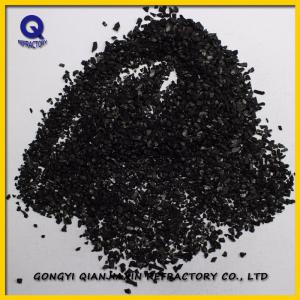
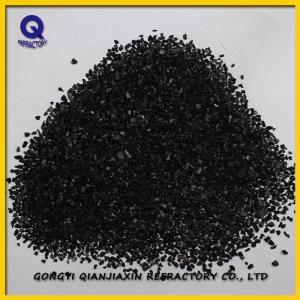
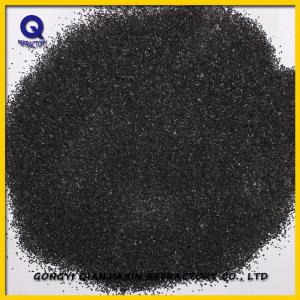
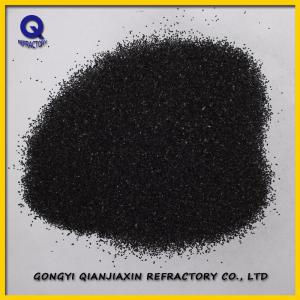
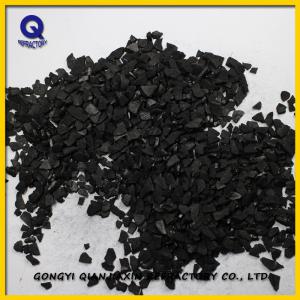
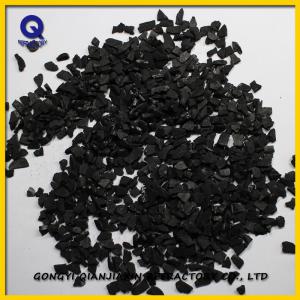
 China
China